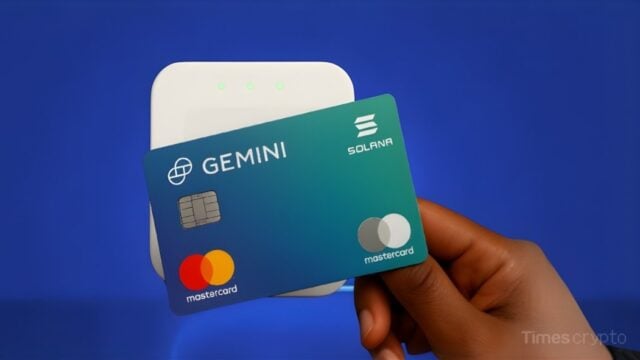Key Takeaways
- The Federal Reserve is exploring a limited-purpose “skinny” account model that would allow new types of firms to hold balances and make payments under strict risk controls.
- The proposed accounts would feature balance caps, no daylight overdrafts, and no access to the Fed’s discount window; payments would be rejected once balances reach zero.
- The Fed official described the model as a prototype idea intended to show how the central bank could adapt its framework as new payment providers emerge.
- The remarks mark a notable change in the Fed’s stance toward decentralized finance and crypto innovators, who were explicitly welcomed into the payments policy conversation.
- The Fed acknowledged that stablecoins, tokenized assets, and artificial intelligence are transforming global payments and said it intends to be an active participant in that evolution.
The Federal Reserve is exploring a prototype version of limited-purpose “skinny” payment accounts that could give new players, including fintech and crypto firms, access to the U.S. payments system under tighter risk controls, Governor Christopher J. Waller said Monday.
Speaking at the opening of the Federal Reserve’s first Payments Innovation Conference, the official said the prototype accounts would operate under tight constraints, with balance caps, no daylight overdraft privileges, and no access to the Fed’s discount window.
He added that payments would be automatically rejected once balances reached zero, and that the accounts would be barred from using any Federal Reserve services where risk management could not be fully assured.
The conference also highlighted the growing role of digital innovation in finance. Waller said the event was designed to bring together traditional financial institutions and new entrants from the DeFi and crypto sectors, alongside fintech firms experimenting with distributed ledger technology.
He noted that stablecoins, tokenized assets, and other blockchain-based tools are increasingly being woven into mainstream payment systems, signaling that crypto-related innovation is no longer on the fringes of finance.
Waller stressed that the concept remains at an early stage, describing it as “just a prototype idea” meant to show how the central bank’s approach could evolve as new participants enter the payments ecosystem. He added that the Federal Reserve’s stance toward decentralized finance has shifted, saying:
The DeFi industry is not viewed with suspicion or scorn. Rather, today, you are welcomed to the conversation on the future of payments in the United States — and on our home field — something that would have been unimaginable a few years ago.
This shift comes as the payments system undergoes a technology-driven transformation, with advances in stablecoins, tokenized assets built on distributed ledger technology, and the growing use of artificial intelligence (AI) reshaping financial infrastructure, according to Waller.
The revolution transforming payments is demanding change everywhere, and the Federal Reserve intends to be an active part of that revolution.
The remarks reflect a clear change in the Fed’s attitude toward the emerging corners of the financial system, including decentralized finance (DeFi) and crypto firms. Waller said the conference was meant to spark an open and lively discussion between long-established payment providers and the fresh wave of digital-asset innovators entering the field.
Read More: Fed’s Anna Paulson Backs More Rate Cuts, Will Crypto Market Bounce Back?







